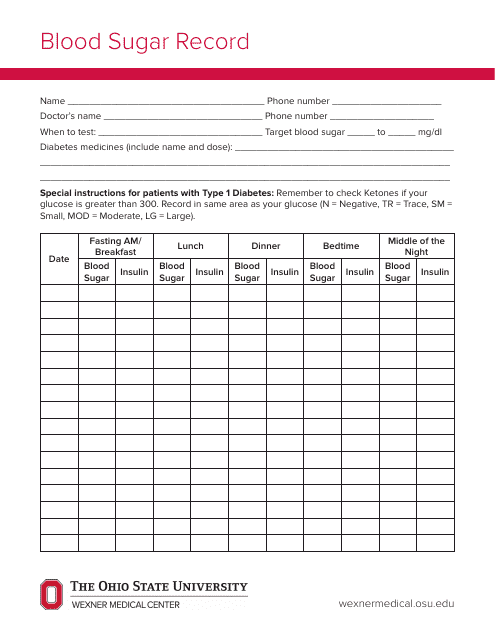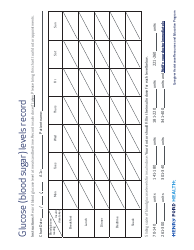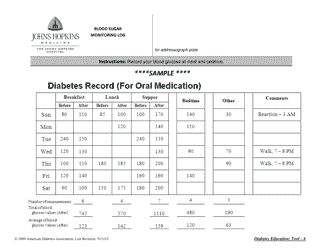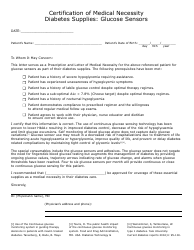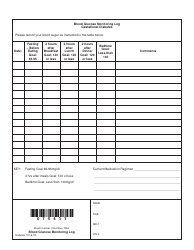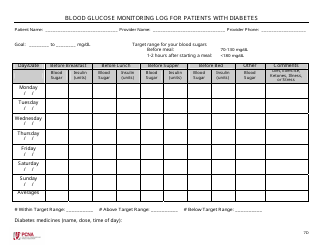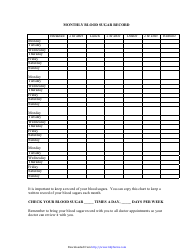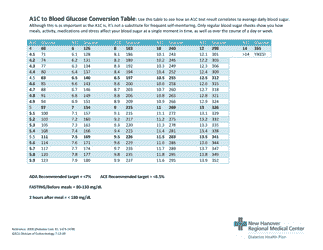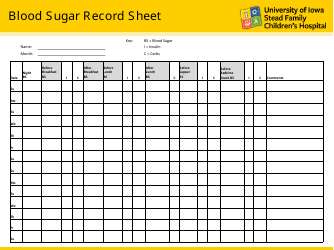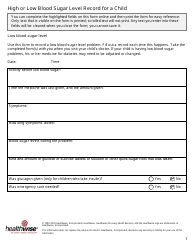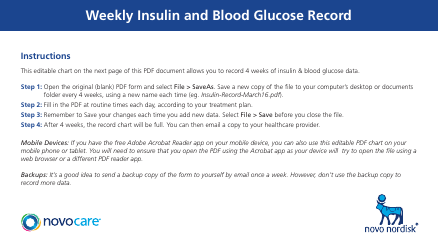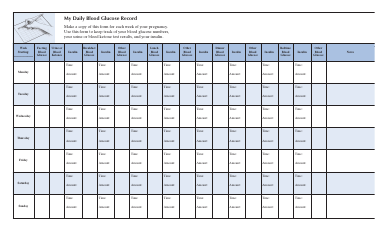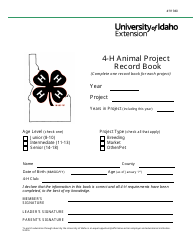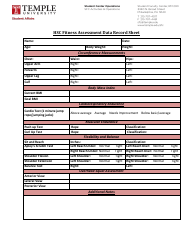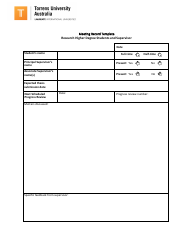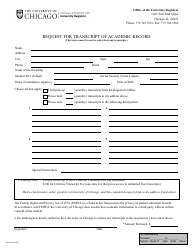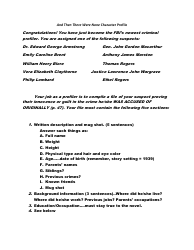Blood Sugar Record Template - the Ohio State University Wexner Medical Center
The Blood Sugar Record Template provided by the Ohio State University Wexner Medical Center is a document intended to help patients keep track of their blood sugar levels over time. The document is typically used by individuals with diabetes, a condition that affects the body's ability to regulate sugar levels in the blood. By recording their blood sugar levels at different times of day — usually before meals and at bedtime — patients can provide their doctors with valuable information that can be used to manage their condition more effectively. This could include adjusting medication doses, making dietary changes, or identifying patterns that may indicate the need for further medical attention.
The Blood Sugar Record Template at the Ohio State University Wexner Medical Center would generally be filled out by the patient or their caregiver. They would track and record blood sugar levels at various points throughout the day, usually before and after meals. The record is then used by healthcare professionals, such as doctors or nurses, to monitor the patient's blood sugar levels over time and manage their diabetes treatment.
FAQ
Q: What is the Blood Sugar Record Template from Ohio State University Wexner Medical Center?
A: The Blood Sugar Record Template from Ohio State University Wexner Medical Center is a tool used to track and monitor blood sugar levels over time. It helps doctors and patients manage diabetes more effectively by providing a detailed record of blood sugar readings at different times of the day.
Q: Who should use the Blood Sugar Record Template?
A: The Blood Sugar Record Template is primarily intended for use by individuals who have been diagnosed with diabetes, as regular monitoring of blood sugar levels is an integral part of managing this condition. Healthcare professionals might also use it to keep track of their patients' progress.
Q: How to use the Blood Sugar Record Template?
A: To use the Blood Sugar Record Template, you input your blood sugar readings at the specified times each day, typically before meals and at bedtime. Regular recording of these readings provides a historical data that can be used by healthcare professionals to adjust medications and dietary recommendations.
Q: What information does the Blood Sugar Record Template include?
A: The template includes columns for the date, time, and blood sugar level readings. Some versions may also include sections for recording insulin doses, meals, physical activity, and notes about any unusual events or circumstances that might affect blood sugar levels.
Q: Why is it necessary to keep a record of blood sugar levels?
A: Keeping a record of blood sugar levels helps patients and their healthcare teams see how food, physical activity, medication, and stress affect blood sugar levels. It helps in making informed decisions about treatment adjustments and in preventing serious complications.
Q: How often should blood sugar levels be recorded in the template?
A: The frequency of blood sugar level recording depends on personal healthcare needs and a doctor's advice. For comprehensive management of diabetes, it's typically recommended to check multiple times daily like before meals and at bedtime.
